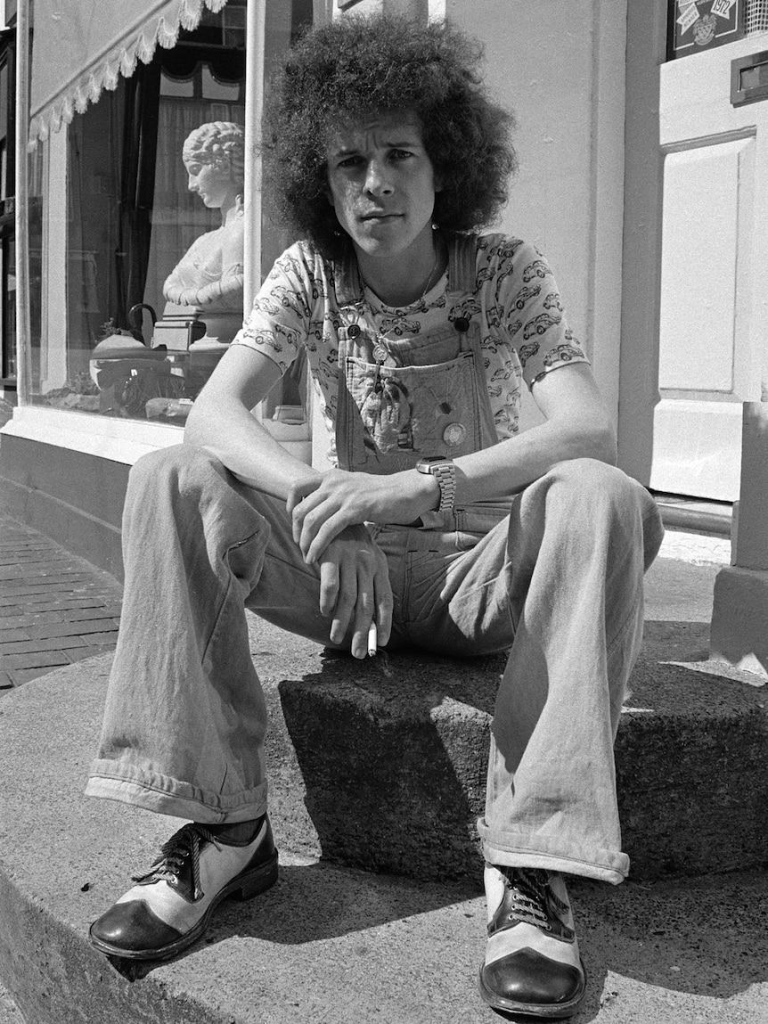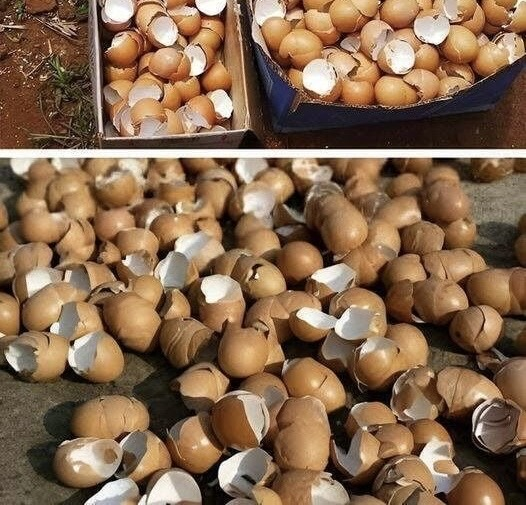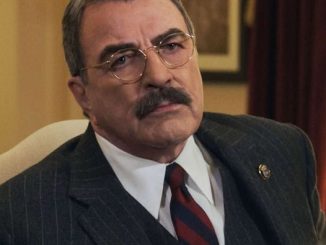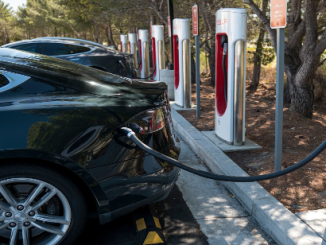“I look at my role as being a friend of Canberra Hospital, I can bring some pleasure and happiness sometimes to people who are really in difficult times in their lives.”
With backing music from a Bluetooth speaker, Sayer croons his way around the cancer wards, making a human connection with everyone he comes across.

Canberra Region Cancer Centre Operations Manager Caroline McIntyre says Sayer’s visits are typically kept a surprise for patients and staff.
“He’s always come in so discreetly,” she says.
“Normally it’s just very quiet, he comes up in the back lift and says hello to literally everybody.
“Some of them are doing it tough, and to have a little bit of joy and light – it really gives them a lift.
“What makes me happy is to see people getting chemo on their feet dancing.”
Jamming with Jimi Hendrix, Countdown and the Troubadour
Originally a graphic designer by trade, English-born Leo Sayer rose to pop prominence in London in the late 1960s, as a singer-songwriter – and was soon adopted by Australia as an honorary son after his first tour here in 1974.
He went on to become an Australian citizen in 2009.
Sayer was a regular on ABC TV’s Countdown during the 70s and 80s, performing chart-toppers like “You Make Me Feel Like Dancing”, “When I Need You”, “More Than I Could Say” and “Orchard Road”.

He blushingly admits they were wild days – when he didn’t always live up to his “good-guy” public persona.
“It was mad, I mean, Top of the Pops in England, Countdown over here,” he says.
“You were mobbed by the fans, I remember being dragged out of a limousine the first tour that I came here, and then speaking to crazy people like Molly Meldrum on TV and trying to sort of like take it all in.”
It seems hard to believe – the petite, well-spoken singer, with a mane of curly hair that inspired changing his name from Gerard to Leo – beating off mobs of screaming fangirls.
Sayer circulated in superstar company, becoming close friends with former Beatles George Harrison and Paul McCartney, collaborating with Roger Daltrey of The Who, and even sharing a sly cigarette or two with John Lennon and Yoko Ono who had a flat above his design studio.
“I met Jimi Hendrix right at the start of his career. I actually jammed with him, playing the harmonica, and him playing the guitar,” he says.
Recalling his 1975 opening night at the famous Troubadour Club in Los Angeles, he looked up to see an intimidating line-up of fans in the front row.

“It was David Bowie, Elton John, and ‘The Fonz’ [Henry Winkler].”
Alongside them: John Cleese, Mick Jagger, Bernie Taupin, and comedian Marty Feldman.
“We never thought it would last, we were adapting to things around us, writing songs about things that are around us,” he says.
“And we thought they were only for our generation — so the amazing thing is my music’s become like a fine wine, where you lay it down and years later, it becomes a collector’s item.
“We’re in an age where the music that I make, young kids are actually latching onto it now, and they’re finding that that generation and that style of music we made is as current now as anything.”
Sayer’s health battles, still spreading hope at 76
Leo Sayer says his hospital charity work caps off a career dedicated to providing joy through music.
“It’s a nice piece of synchronicity really, because I was born in the grounds of a hospital in Shoreham by Sea in Sussex, near Brighton in England,” Mr Sayer said.
“I suppose I’ve always felt comfortable in hospitals and being around hospitals.
“Growing up, my dad was a hospital engineer, Mum was a nurse, my sister was a matron.”

Sayer has health struggles of his own, including three stents in his heart, which help him have a genuine connection to the hospital patients he entertains.
“[My music] is providing something that isn’t taking away from any of the treatment that’s going on. It’s providing something that’s just putting a smile on peoples’ faces.
“Music is communication and that’s what this is all about, we’re communicating, we’re making people feel better.
“We’re not healing people with music, but we are making them feel better about their healing.
“To sell out Canberra Hospital will do me fine.”
Boiling Eggshells: Save Money and Help the Environment

Ever wonder how many eggshells people throw away in the trash? It really is a lot! However, did you realize that boiling these inconsequential-looking shells can really result in financial savings? It’s also a fantastic technique to lessen trash and contribute to environmental preservation. Now let’s explore the several advantages of reusing eggshells!

Eggs: A Powerhouse of Nutrition
In addition to being tasty and adaptable, eggs are also a great source of important nutrients. They include excellent sources of lipids, proteins, vitamins, and minerals, making them a full meal. About 6 grams of protein may be found in one egg, which is an essential component for sustaining muscle mass and meeting your daily dietary requirements. Protein is essential for maintaining a healthy immune system in addition to being necessary for muscles.
Cracking the Secret Code of Eggshells
Let’s now discuss eggshells. Though many of us just toss them out without giving them any thought, these “throwaways” actually have a lot to give. The main component of eggshells is calcium carbonate, which is also a component of antacid drugs. This implies that they may be a fantastic supply of calcium, a mineral that is necessary for healthy bones.
Eggshells may readily have the calcium extracted from them by boiling them, which makes for an inexpensive, natural, and DIY calcium supplement. Because strong bones become ever more dependent on calcium as we age, this is especially advantageous for elderly folks.
Easy Steps for Recycling Eggshells
Are you prepared to start maximizing your eggshells and cutting costs? Here’s a short, detailed how-to:
Gather and tidy: After giving empty eggshells a thorough rinse, let them air dry.
Crush the shells: Using a food processor or mortar and pestle, break the shells into little pieces once they have dried.
Bring the crushed shells to a boil by putting them in a pot with water and covering them. Simmer it for ten to fifteen minutes.
Strain and cool: To get rid of any shell bits, strain the liquid after it has simmered. Let cool completely before putting it in a fresh bottle or jar.
Utilize and delight in: You can now utilize your own calcium supplement. Take one tablespoon of the liquid every day, stir it into your preferred drink, or incorporate it into your meals.
Reduce Spending, Protect the Environment, and Boost Your Health
Not only is boiling eggshells a cost-effective decision, but it’s also an environmentally beneficial one. You can obtain a natural calcium supply that promotes bone health and general wellbeing by recycling these shells. Thus, keep in mind to save and repurpose the eggshells the next time you crack open an egg!



Leave a Reply